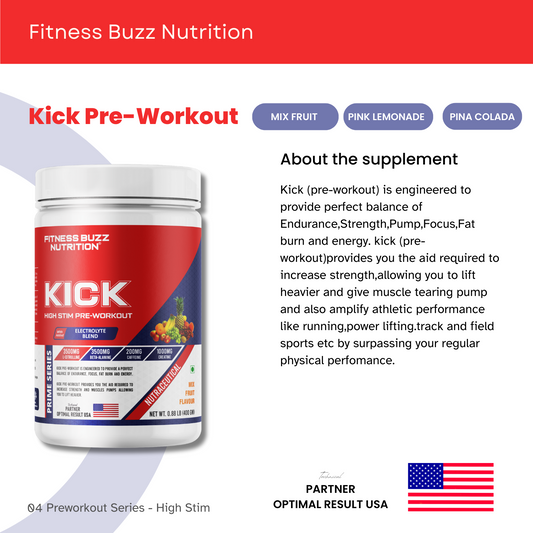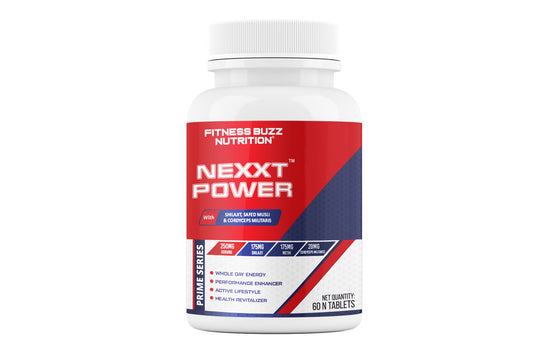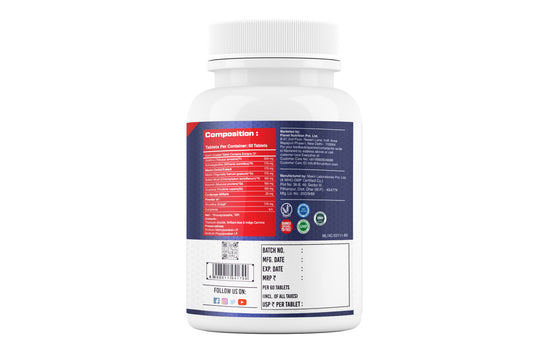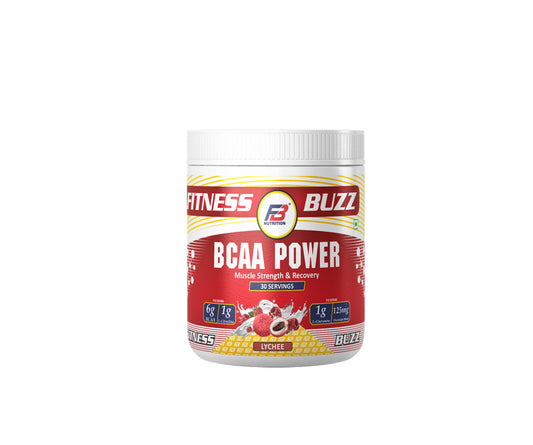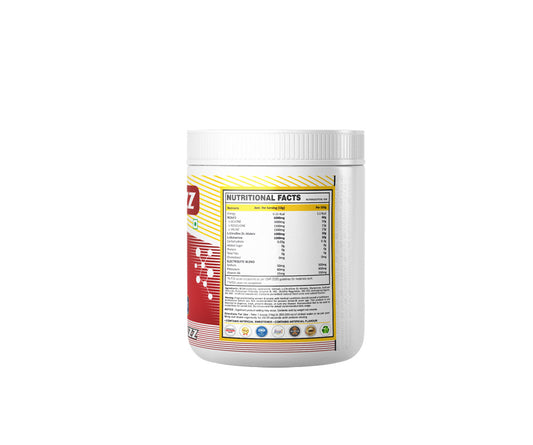Plant-Based Protein vs Whey: Which Works Better for Muscle Growth
If you lift weights, you’ve likely asked this question. Is whey better, or should you go plant-based? The truth is simple. Both can help you build muscle if your daily protein intake is high enough and your training is consistent.
Your choice comes down to digestion, taste, and goals. Think about budget too. You do not need a fancy formula to grow. You need steady protein, sleep, and practice in the gym. If dairy sits well and you want a fast shake after training, many people still buy whey protein. Here’s why:
What is Whey?
Whey comes from milk during cheese making. It mixes easily and digests fast. It contains all nine essential amino acids, with plenty of leucine. Leucine helps switch on muscle building after you train. There are two main forms in shops. Concentrate is cheaper and fine for many lifters. Isolate is filtered more, has less lactose, and feels lighter on the stomach.
If you want cleaner macros while cutting, isolate is handy. For general use, both work well. Either way, your total protein per day matters more than the brand. Support your diet with good meals and simple muscle recovery supplements.
What Is Plant Protein?
Plant powders come from peas, rice, soy, hemp, or blends. Some single plant sources are a bit low in one or two essential amino acids. That is why many brands blend pea with rice to make a fuller profile. Good blends can match whey when you hit your daily protein target.
If dairy bothers you, plant protein is an easy switch. It also suits people who prefer a greener choice or a lighter flavour. Many gym-goers enjoy a plant shake during the day, but still reach for a quick whey shake after hard sessions and sometimes buy whey protein isolate.
Pea Protein Basics and Plant vs Pea
Pea protein is popular for a reason. It is easy to digest and has solid protein per scoop. On its own, pea can be a little low in methionine, so blends often add rice to balance that gap. If you use straight pea, take a slightly bigger scoop.
A common post-workout serving is 25 to 35 grams. “Plant protein vs pea protein” is not a fight. Pea is simply one type of plant protein, often the anchor in blends. If you want the simplest choice, try a pure pea powder. If you like variety, blends are fine, and some still buy whey protein.
Amino Profile, Made Easy
Proteins are built from amino acids. “Complete” means all nine essentials are present in good amounts. Whey is complete and rich in BCAAs, especially leucine. Many plant proteins are complete, and blends make this easier. Read the label if you can. Aim for about 2 to 3 grams of leucine after training.
If your plant scoop is low in leucine, just take a bit more or pair it with food such as soy or quinoa. Timing helps, but your daily total is king. Keep meals simple, hydrate, rest well, and back up training with smart muscle recovery supplements.
How to Choose Quickly?
Start with digestion. If milk upsets you, use a plant or an isolate. Pick a flavour you can drink daily. Choose macros that fit your plan. Concentrates are fine for bulking. Isolates help when you want fewer carbs and less lactose. Plant blends are flexible and kind to the stomach.
After training, aim for 20 to 35 grams of protein. Add carbs for long or intense sessions. Keep the rest of your diet built on whole foods. If you prefer the cleanest, low-lactose shake, you may buy whey protein isolate; if you like plants, a pea-rice blend is steady.
Conclusion
There is no single winner for everyone. Whey is fast and efficient. Plant proteins are gentle, ethical for some, and easy to stick with. Choose the one you enjoy and can afford, then be consistent.
Train hard, eat enough, sleep well, and track changes. If you feel good and recover well, you are on the right track. Small details matter less than routine. Keep it simple. Your results come from habits, not hype. For clean, reliable formulas, check out FB Nutrition’s whey, isolate, and plant blends, along with practical recovery support that fits real training.
Visit FB Nutrition to compare options, pick your flavour, and place your order today!
Frequently Asked Questions (FAQs)
1. Is whey protein better than plant protein?
Whey is a little faster and naturally higher in leucine per scoop.
2. What’s the difference between whey and plant protein?
Whey is dairy-based and very quick. Plant is from peas, rice, soy, or blends, and can need a bigger serving to match leucine.
3. Is plant protein as good as whey?
Yes, if you meet your daily protein needs and use a serving size that hits your leucine target.
4. Are plant-based and vegan the same?
Not always. Vegan means no animal ingredients. Plant-based means mostly plants. For cutting phases or very light shakes, many lifters still buy whey protein isolate.



